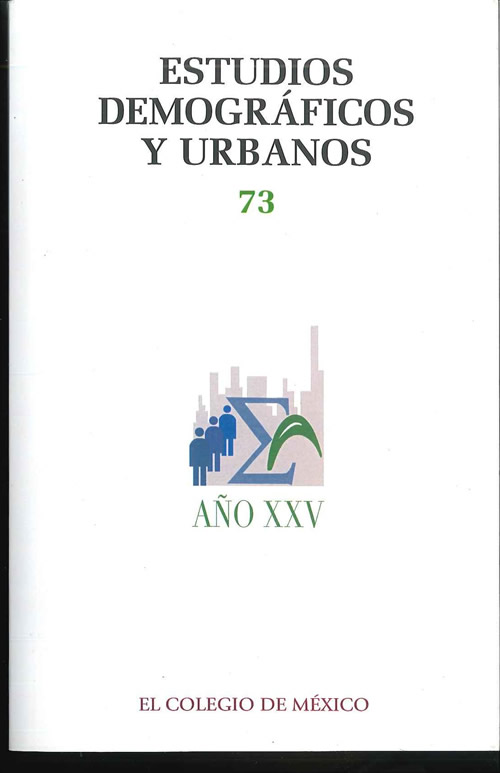Published 2010-01-01
Keywords
- education,
- international migration,
- age structure,
- teenage fertility
How to Cite
-
Abstract2299
-
PDF (español)1285
-
En línea (español)1019
Downloads
Copyright (c) 2010 Estudios Demográficos y Urbanos

This work is licensed under a Creative Commons Attribution-NonCommercial-NoDerivatives 4.0 International License.
Metrics
Abstract
This paper seeks to explore the link between educational processes and Mexico’s demographic dynamic. In the tradition of thought on population and development, it has been hypothesized that the population growth rate, family size and migration influence the accumulation of human capital among the school-age population. This study explores the link between the academic performance of youth between the age of 14 and 23 and the youth dependency ratio, teenage fertility and internal and international migration, using data aggregated at the municipal level for the year 2000. The analysis uses indicators on the educational supply at the municipal level based on the administrative statistics of the Public Education Secretariat (SEP).


